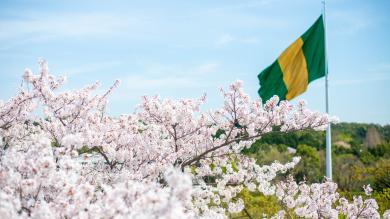Bajau as Maritime Creoles: Dynamics of the Ethnogenesis in Southeast Asian Maritime World
NAGATSU Kazufumi (Toyo University)
My presentation is concerned with the making process of maritime folks in Southeast Asian maritime world. Through the analyse, it aims at understanding socio-ecological characteristics at a certain maritime environment in Southeast Asian maritime world where the maritime folks have maintained and repeatedly reconstructed highly hybrid natures in relation to the formation of their community and identity.
The presentation focuses on the Bajau (Sama, Bajo). With an approximate population of 1,100,000, many of the Bajau live along coasts and on islands. Their settlements are dispersed widely over the southern Philippines, coasts of Sabah, Malaysia, and eastern Indonesia. They constitute one of the most distinctive maritime folks in Southeast Asia.
Since their homeland is ambiguous, scholars have long discussed population flow of the Bajau in order to identify their historical origins. It is in my understanding less significant to seek for their “true” origin from the historical essentialists’ viewpoint, as the Bajau and the neighbouring communities in maritime Southeast Asia are supposed to have constantly converted their ethnic identification from non- Bajau into Bajau, or vice versa.
This presentation firstly reviews the historical process of population movement and formation of the Bajau in Indonesia. Then it attempts to understand the traits of the maritime locus where the Bajau have emerged as maritime creole by suggesting the concept of “maritime frontier”. The study pays particular attention to the case of the Bajau in Kangean Archipelago. The islands are situated at the interface between two cultural zones, i.e. Sulawesi and Jawa-Madura, or at the nodal point of major sea routes, i.e. Jawa Sea, Makassar Straits and Flores Sea. The discussion is mainly based on the statistical and spatial analysis of the census as of 2000 of Indonesia and my fieldworks conducted from 1995 through 2015.

 過去問題
過去問題
 イベント
イベント
 入試情報
入試情報
 ネット出願
ネット出願



